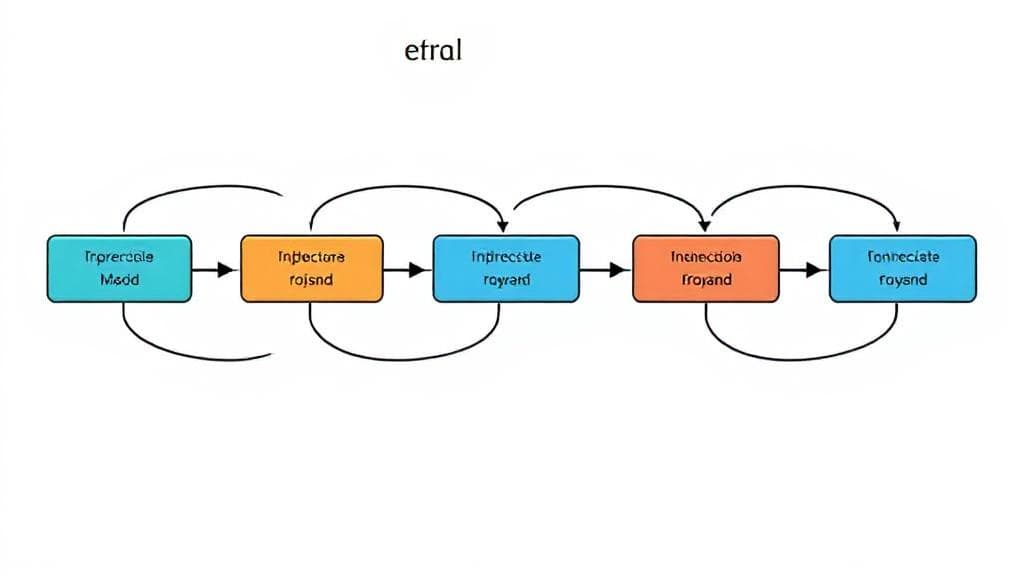What is Round Robin Scheduling?
Round Robin is a pre-emptive scheduling algorithm designed to allocate CPU time to each process in a cyclic order. It is particularly effective in time-sharing systems where the goal is to ensure that all processes receive an equal share of the CPU time. The algorithm is one of the oldest, simplest, and most widely used CPU scheduling algorithms in operating systems.
Key Components
- Time Quantum: A small unit of time (typically 10-100 milliseconds) assigned to each process
- Process Queue: A circular queue containing all ready processes
- Context Switching: The mechanism to save and restore process states
How Round Robin Works
- Initialization: All processes are placed in a queue in the order they arrive
- Execution: The CPU scheduler picks the first process from the queue, allocates the CPU for a time quantum
- Preemption: If the process doesn't complete within its time quantum, it's moved to the end of the queue
- Repeat: This cycle continues until all processes are completed
Example Implementation
while (ready_queue is not empty)
current_process = get_next_process()
if (current_process.remaining_time > quantum)
execute_process(quantum)
current_process.remaining_time -= quantum
ready_queue.append(current_process)
else
execute_process(current_process.remaining_time)
current_process.remaining_time = 0
Performance Metrics
| Metric | Impact |
|---|---|
| Average Waiting Time | Moderate |
| Response Time | Good |
| Throughput | Depends on quantum |
| CPU Utilization | Moderate to High |
Advantages
- Fairness: Each process gets an equal share of the CPU, preventing monopolization
- Simplicity: Easy to implement and understand
- Responsiveness: Ideal for time-sharing systems
- No Process Starvation: Every process gets a chance to execute
- Predictable Response Times: Fixed time quantum makes response times predictable
Disadvantages
- Context Switching Overhead: Frequent context switches can lead to increased overhead
- Time Quantum Selection: Choosing an appropriate time quantum is critical
- Not Optimal for All Workloads: Performance varies with different process burst times
"Too small a quantum causes excessive context switching, while too large a quantum may cause poor response time." - Operating System Concepts by Silberschatz, Galvin, and Gagne
Modern Variations
Several variations have emerged to address the algorithm's limitations:
- Weighted Round Robin: Assigns different time quanta based on process priority
- Dynamic Round Robin: Adjusts time quantum based on system load
- Multi-level Round Robin: Combines Round Robin with multiple priority queues
Applications
Round Robin is widely used in various contexts:
- Operating Systems: Used in multi-user and multi-tasking systems
- Network Scheduling: Applied in network routers and switches
- Web Server Request Handling: Managing incoming web requests
- Real-Time Systems: Suitable for soft real-time systems where fairness is critical
For further reading, you can refer to:
